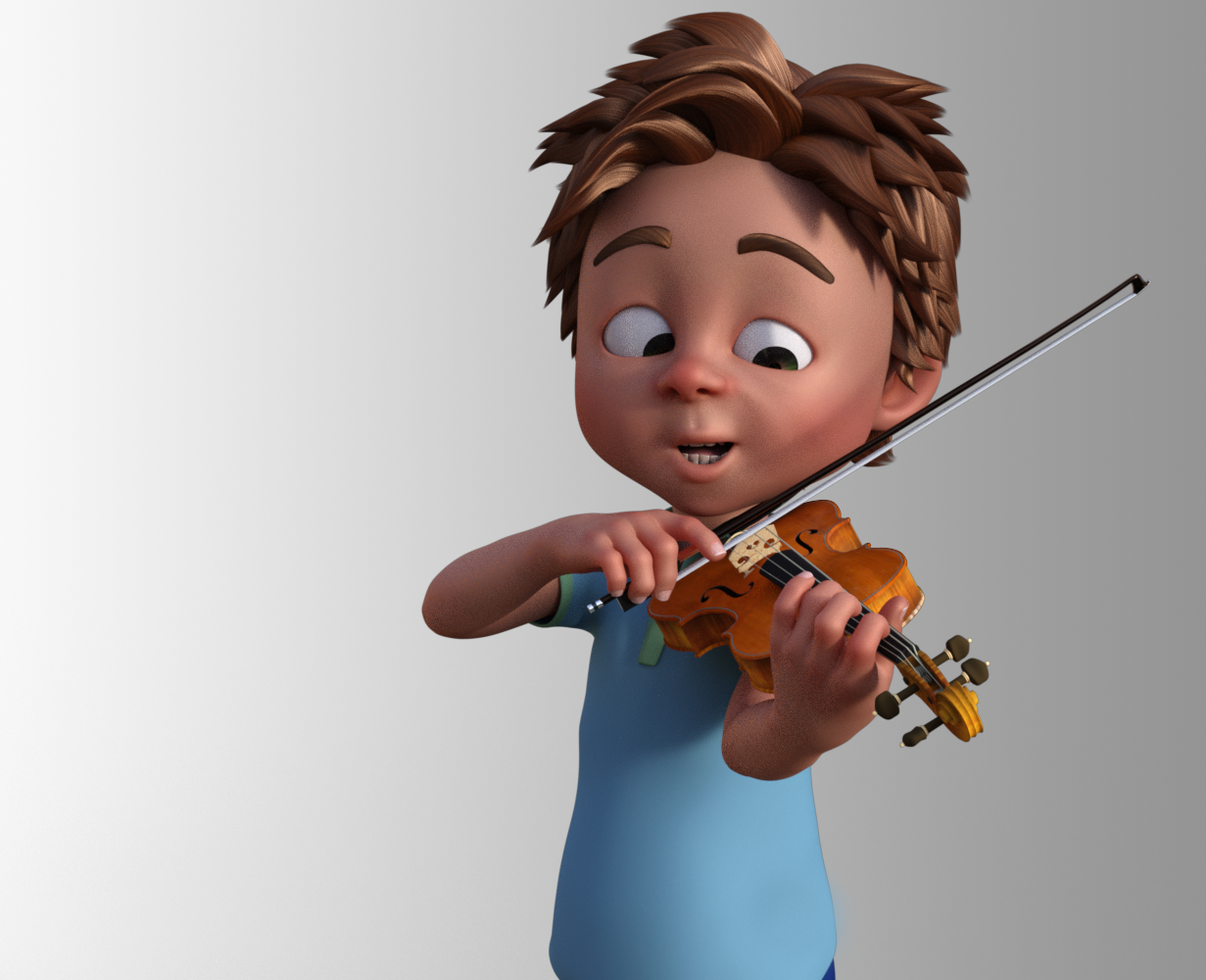So, we all know that practising etudes or studies can be daunting (if not boring) at times, and that they need to be practised with a metronome for them to sound anything like normal 🙂 Added to this, there is always a feeling that since many etudes were composed such a long time ago, they have lost any modern relevance. So much so, that there is often a difficulty for the player to connect any emotional or musical meaning to what can seem like a bland stream of disconnected notes. This, in turn, can create a resistance to practising etudes or studies, since sacrificing musical expression to the mere robotic drilling of notes for the sake of learning a better technique is not inspiring, to say the least.
Of course, there are etudes and studies that have better stood the test of time – perhaps those of Jaques Fereol Mazas or even the Paganini caprices could be mentioned, with their varying musical characters, as well as some of the early method books, including those written by Nicollo Paganini’s one-time teacher – Allesandro Rolla, which provide interesting and musical second violin accompaniments to the simplest of violin scales, which no doubt helped to keep the interest of their keen pupils. Yet many very valuable technical studies – and those that are routinely given to generations of violinists in the earlier stages of learning – are failing to inspire musical and therefore also technical experimentation – the very issue that they were designed to develop.
So, as a way of exploring musical character in etudes and as an alternative to practising with a metronome, the concept this new bossa-style accompaniment to one of the most famous intermediate etudes in the violin repertoire was born.
This is a great etude for developing the concept of playing in third position and gaining confidence in it. It also provides a good opportunity to develop a fluid detache bow movement.
Enjoy playing along with the YouTube Video!
Practice Tips:
- Listen to every note you play;
- Adjust any pitches that need to be adjusted – play as if you are singing 🙂
- Develop a feeling for the differing distances between the fingers for the tones and semitones;
- Listen to your bow changes – make them as smooth as possible, especially when changing to different strings;
- Use the settings on YouTube to speed up and slow down the video as required, so that sections and eventually the whole etude can be played at the same speed throughout
- Identify areas that were more difficult to play in time (together with the accompaniment) – repeat these areas and play them again with the video
- Try playing this etude around the middle of the bow with quite broad bow strokes to develop a smooth detache movement.
Have fun!

